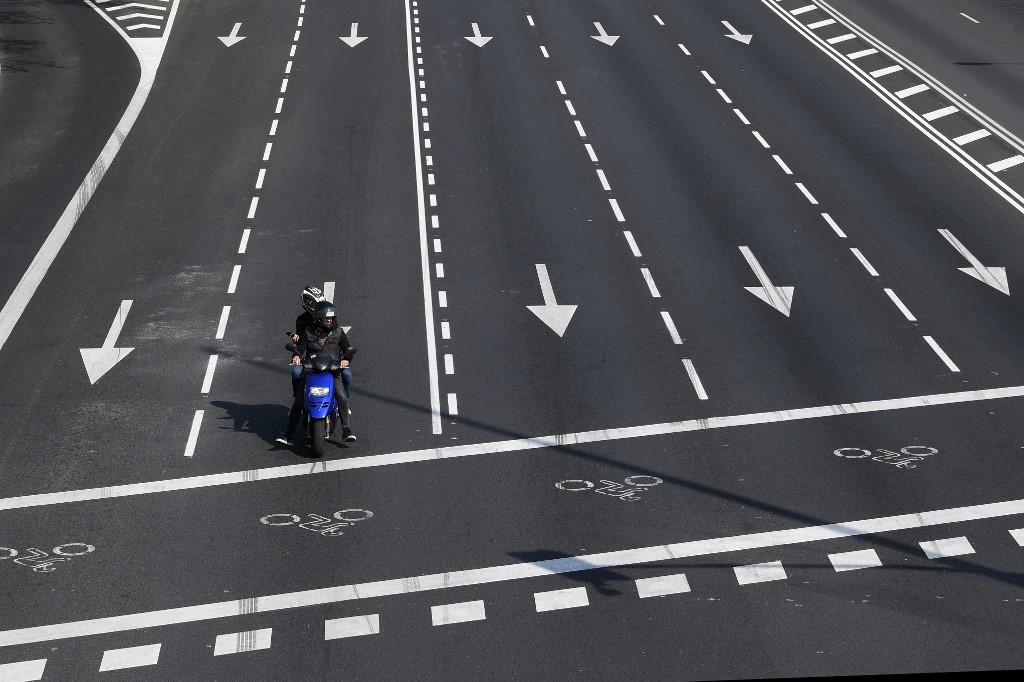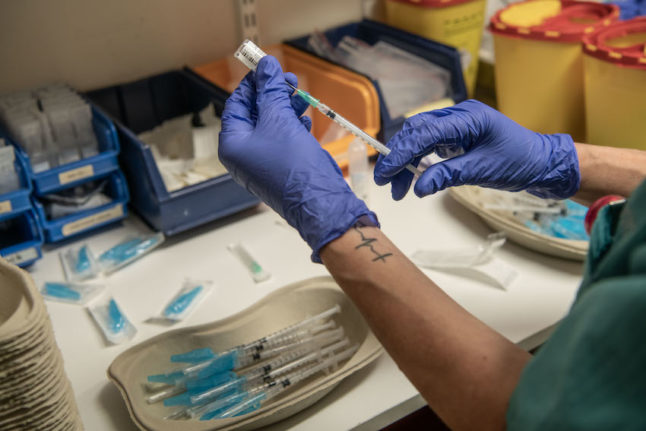When lockdown was first put in place on March 14th, strict rules were put in place that restricted journeys to only those that were considered essential and limited the occupancy to the driver alone, unless there were exceptional circumstances.
Certain restrictions were lifted when Spain moved in the preparatory Phase Zero of the “Plan for the transition to a new normal” to allow people from the same household to travel in private vehicles of up to nine seats as long as they maintain one seat distance between them.
Further restrictions have been lifted now half of Spain has progressed to Phase One of lifting lockdown and the rules amended to include those living in provinces or health sectors that remain in Phase Zero.
Here’s what the rules now say:
In a new order published on Spain's Official State Bulletin (BOE), which came into force at midnight on Sunday May 10, members of the same household are allowed to travel in the same car, occupying all of the seats and without having to wear a mask.
This applies to all areas of Spain whether they are in Phase Zero and Phase 1.
For those who do not live in the same household but have a legitimate reason to be in the same vehicle, two people allowed to travel in each row of seats as long as they sit as far apart as possible in in vehicles of up to nine seats “providing that they use a mask and respect the maximum distance possible between occupants.”
The change also applies to private hire vehicles of up to nine seats such as a taxi or Uber.

The new rules also state that motorcyclists will be able to take a passenger without the use of a mask provided they live in the same household. If they don’t then masks must be worn or the complete helmets that not only have a visor but also cover the mouth area.
READ ALSO:
- Lifting lockdown: What you can and can't do during Spain's Phase 1
- Lifting lockdown: These are the provinces in Spain advancing to Phase 1
Hoy varias provincias y territorios de España pasan a la #Fase1.
Consulta si el tuyo es uno de ellos?https://t.co/tIcV4SPcpD
Estas son las medidas de alivio en estas zonas?https://t.co/0ACjdA4QCx
Y las nuevas condiciones de movilidad y transporte?https://t.co/3jwAis2rpf pic.twitter.com/D6dmTTEyHv
— La Moncloa (@desdelamoncloa) May 11, 2020
What trips are allowed?
The general rule for driving stipulated at the start of the ‘state of alarm’ lockdown on March 14th had been that only one person (the driver) could travel to buy essential products such as food, medicine or petrol, to travel to work if they couldn’t work from home or to visit and help an older or vulnerable relative.
In Phase 1 there is a lot more freedom when it comes to car use. People are allowed to use the car to travel around within the same province or health territory but are not allowed to cross boundaries into another province.
This means that you are allowed to visit nature spots – such as hiking areas or the beach (in those municipalities where they are open), second homes, or the homes of friends and family all within the same province (as long as those meetings have a maximum of ten people).
You are also allowed to drive to restaurants that have opened their terraces or to commercial premises that have operating with limited number of customers entering at any one time and can observe hygiene measures.
You may also visit outdoor markets that are now operational in Phase 1 and drive to museums, librariries or other cultural centres that are running events (which will have a reduced occupancy and observe social distancing and hygiene measures).
You are also allowed to drive for a stay at a hotel or tourist accommodation as long as it is within the same province. (These are allowed to reopen as long as they can comply with hygiene measures but keep communal areas such as dining rooms closed).
ITV?
Technical Vehicle Inspection centres which have been closed since the state of emergency was declared on March 14are allowed to reopen during Phase 1 although appointments should be made in advance.
What you are not allowed to do:
The big no-no even in Phase 1 is driving outside of the province within which you live. Police are still carrying out spot checks as well as setting up road blocks on those highways that lead in and out of the city.
La orden que recoge las actividades permitidas en la Fase 1 del Plan para la Transición hacia una #NuevaNormalidad y los territorios que acceden a esta situación está ya en el @boegob ➕ℹ?https://t.co/KtExNYwfYt#NoTeConfíes #COVID19.
Vía: @SaludPublicaEs pic.twitter.com/EHCVA0s2BV— Guardia Civil ?? (@guardiacivil) May 9, 2020
READ MORE:
- A guide to Spain's lockdown rules during Phase Zero
- What we know about Spain's 'plan for transition to a new normal'
- Q&A: When will we be able to meet friends and family in Spain?



 Please whitelist us to continue reading.
Please whitelist us to continue reading.
Member comments